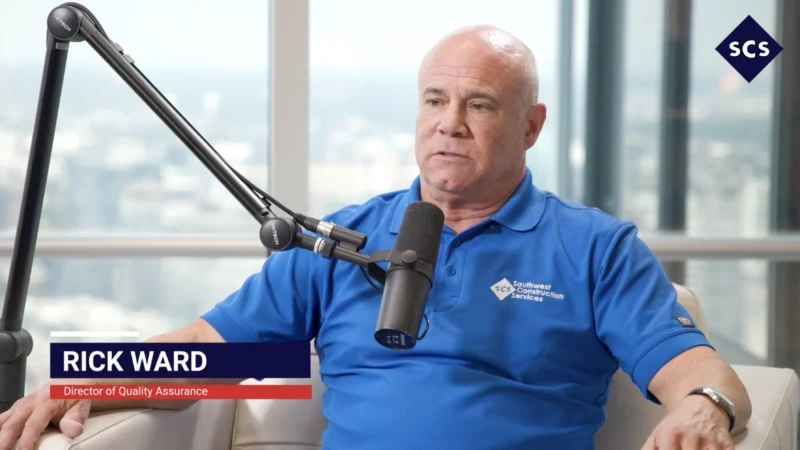How to Approach Sustainability in Healthcare Design
A proponent of lifelong learning, Daniel A. Huard is a sought‐after green building expert also recognized as the Godfather of sustainability. Huard is launching Build For Impact, aiming to build a platform to allow for collaboration with some of the best minds in the world who focus on green design and sustainability.
Building has long been a part of the human experience. It’s been a critical aspect in the evolution of life. Now construction and design are more than just about how it looks and how it works. The new horizon is focusing on sustainability, resilience, and material transparency. To lend expertise on the subject, architect Jane Rohde, Principal at JSR Associates, with a list of distinguished awards and certifications, joins the show.
Sustainability is a buzzword in architecture, but what does it really mean right now? Rohde shared, “Sustainability isn’t a single attribute. It’s integrated together. Being in healthcare, I see this more prominently, the unintended consequences of not looking at performance.”
Alongside sustainability comes resiliency, which describes the ability of a building to prevent and recover from damage. “Resiliency now really ties into emergency preparedness. Looking at nursing homes hit hard by COVID or how hospitals on the Texas coast prepared for Hurricane Harvey. If design intention and operation intention are considered together, it’s a much better outcome,” Rohde commented.
Another critical subject is material transparency. To be fully transparent is difficult for manufacturers and supply chains. It’s not just what the product is; it’s where it’s from and the conditions of that area.
“With material transparency, there are bigger questions that we don’t have answers to, regarding social responsibility. But the conversations are happening. What’s critical is not to look at it from a single attribute perspective. The better way may be from an exposure and risk perspective,” Rohde stated.









